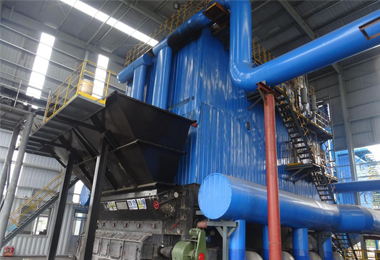
Nov . 03, 2024 19:15 Back to list
how to drain a hot water boiler system
How to Drain a Hot Water Boiler System
Draining a hot water boiler system is an essential task for maintaining its efficiency and longevity. Whether you need to perform routine maintenance, replace parts, or handle a malfunction, knowing how to properly drain the system is critical. Here’s a step-by-step guide to help you through the process.
1. Gather Your Tools and Supplies
Before you begin, it’s important to gather the necessary tools and supplies. You will need a garden hose, a bucket, a screwdriver, a wrench, and safety gear such as gloves and goggles. Make sure the area around the boiler is clear and that there is adequate ventilation.
2. Turn Off the Boiler
Before you start draining the system, ensure that the boiler is turned off. Locate the power switch or circuit breaker and turn it off to prevent any accidents. If your system runs on gas, turn off the gas supply as well. Allow the boiler to cool down if it has been in operation to avoid burns.
3. Prepare the Drainage Area
Connect a garden hose to the drain valve located at the bottom of the boiler. Make sure the other end of the hose directs water away from the boiler and into a suitable drainage area, such as a floor drain or outside. If necessary, place a bucket at the end of the hose to catch any water that might overflow.
how to drain a hot water boiler system

Using a screwdriver or wrench, carefully open the drain valve. As you do this, check for any leaks or unusual noises. Opening the valve will allow the hot water and sediment to flow out of the boiler. Keep an eye on the water flowing through the hose and be careful of any steam that might escape.
5. Flush the System (Optional)
If you notice a lot of sediment build-up or rust in the water, you may want to flush the system. Close the drain valve after the initial draining, then turn on the water supply to the boiler while the valve is still open, allowing clean water to flow in and push out any remaining debris. Repeat this process until the water runs clear.
6. Close the Drain Valve and Refill the Boiler
Once you’ve drained and, if necessary, flushed the system, close the drain valve securely. Disconnect the garden hose and check for any leaks. Then, refill the boiler by opening the water supply valve. Monitor the pressure and ensure it reaches the appropriate level as specified in your boiler’s manual.
7. Restart the Boiler
After ensuring everything is secure and refilled, turn the power and gas supply back on. Allow the boiler to heat up and check for any leaks or issues as it resumes normal operation.
Regular maintenance, including draining your hot water boiler system, can improve efficiency and extend its lifespan. By following these steps, you can ensure that your system runs smoothly and effectively. Always consult your boiler’s manual or a professional if you are uncertain about any steps.
-
High-Efficiency Commercial Oil Fired Steam Boiler for Industry
NewsJul.30,2025
-
High-Efficiency Biomass Fired Thermal Oil Boiler Solutions
NewsJul.30,2025
-
High Efficiency Gas Fired Thermal Oil Boiler for Industrial Heating
NewsJul.29,2025
-
High-Efficiency Gas Fired Hot Water Boiler for Sale – Reliable & Affordable
NewsJul.29,2025
-
High Efficiency Biomass Fired Hot Water Boiler for Industrial and Commercial Use
NewsJul.29,2025
-
High-Efficiency Biomass Fired Hot Water Boiler for Industrial Use
NewsJul.28,2025
Related PRODUCTS






















